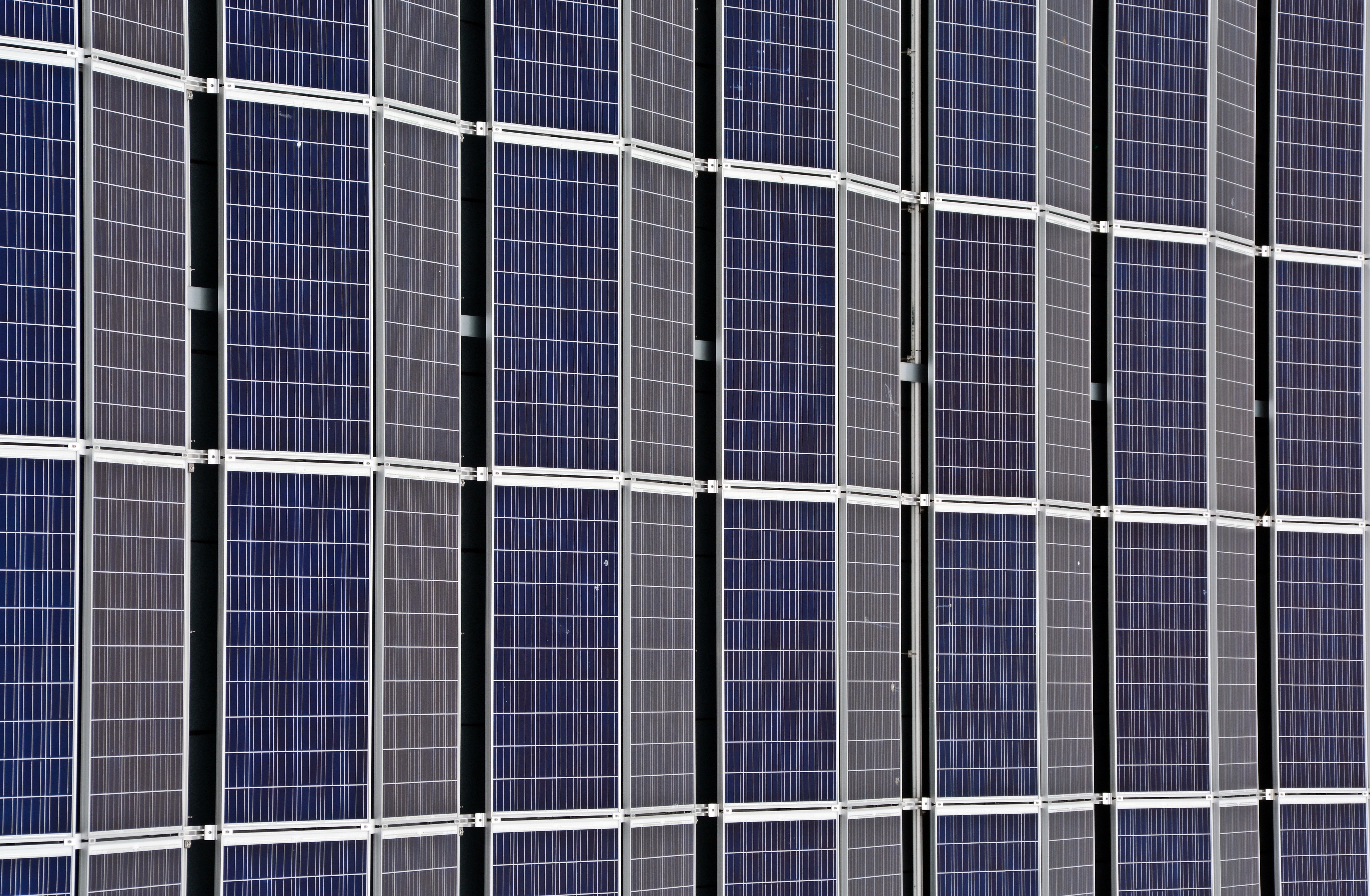Author: Camellia Moors ’22
Welcome to another edition of Good News Friday! Today, we’re covering Apple’s use of low-carbon aluminum, the development of a solar cell capable of generating electricity at night, and the creation of a new project to better understand thawing permafrost and help Arctic communities.

- Apple sources low-carbon aluminum: Apple recently announced that it intends to use the “first commercial-purity primary aluminum at industrial scale,” produced through “the world’s first direct carbon-free aluminum smelting process,” in its iPhone SE products. This new aluminum is produced by ELYSIS, a joint venture by Apple, Rio Tinto, Alcoa, and the governments of Québec and Canada. While this might not sound immediately revolutionary, aluminum production is well-known as an extremely carbon-intensive process, with 11.5 tons of CO2 per ton of aluminum produced emitted on average. As a result, this innovation in the smelting process could have a significant impact on global emissions, not least because Apple is expected to sell 30 million iPhone SEs this year.

2. Engineers develop nighttime solar panels: Engineers at Stanford University have developed a solar cell that can generate some electricity at night. The cell, which “incorporates a thermoelectric generator, which can pull electricity from the small difference in temperature between the ambient air and the solar cell itself,” produces enough electricity to power some nighttime lighting and off- and/or mini-grid applications.

3. Major permafrost study to be launched: This week, a coalition of scientists, policy experts, and advocates announced a 6-year, $41 million project to “fill in gaps in monitoring across the Arctic of greenhouse gas emissions from thawing permafrost, currently a source of uncertainty in climate models,” and to “develop policies to help mitigate the global impact of permafrost emissions and, locally in Alaska, assist Native communities that are struggling with thawing ground and problems that arise from it.” The Arctic Institute, for example, predicts that an increase in global temperatures of 3° C (5.4° F) could melt 30-85% of the Arctic’s top permafrost layers.
That’s all for this week! Check back next week for more positive environmental news. In the meantime, if you’d like to share some Good News with us, please feel free to get in touch!

